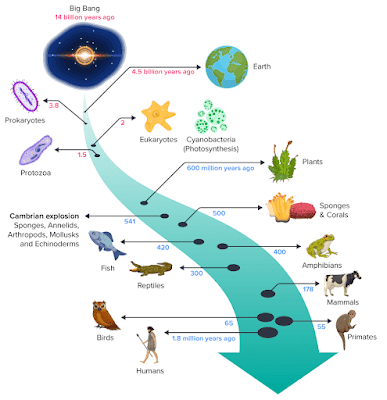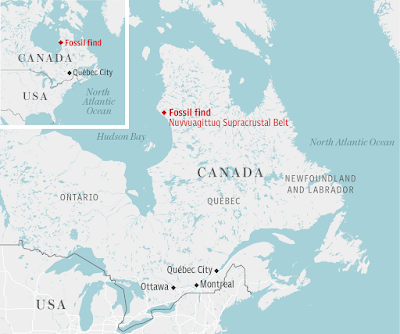A lot of Trump stuff in the news, but I'll let you watch the Lawrence O'Donnell Show on MSNBC to bring some reality to what is happening.
- Senate today votes on whether Pete Hegseth becomes Secretary of Defense.
- That DEI order about the federal government order. This is just the beginning of what will affect people of color, especially African Americans, in the years to come. Many of them are going to be pissed about voting for Trump.
- The mass deportation arrests have begun. In time there will also be a lot of irritated Hispanics.
- President Donald Trump is visiting North Carolina and California today. Want to know how your state will be accommodated if you have a cataclysmic natural disaster? See what he says today. Hawaii is in bad trouble, for a higher percentage of presidential voters supported Biden than California, and our governor flew to DC to protest the nomination of RFK Jr. for health secretary.
- David Brooks of the New York Times wrote on how Trump will fail. If you can't access that op-ed, read this.
On to my topic of the day. Planet Earth was essentially formed 4.54 billion years ago. Early science suggested that we had a hospitable temperature and adequate mix of chemicals to create and support life not long thereafter. The oceans formed around 3.8 billion years ago.
But where did the water come from?
- It is clear that any water that was produced when the planet formed vaporized away.
- But during the later stages, meteorites bombarded Earth, and the enstatite chondrites in some of these alien rocks contained sufficient hydrogen to combine with oxygen from magma material to deliver at least three times the mass of water in our oceans. However, there might not have been enough oxygen in these rocks. Also, the first life forms might have been anaerobic, for we do know that cyanobacteria were among the early microorganisms that used carbon dioxide in photosynthesis to provide oxygen.
- Another theory about water is that 4.51 billion years ago, a Mars-size world named Theia crashed with Earth and did two things, became our Moon, and maybe also bring water.
- While all the above might have occurred, from 4.0 to 3.8 billion years ago, icy space rocks bombarded our whole solar system, so these asteroids could have by itself supplied our water.
- Interestingly enough, turns out that the water from comets have a different chemical signature, so asteroids more than comets would be the source.
- Japan's Hayabusa2 showed that the water locked into the rocks of asteroids matched the type of water found in our oceans.
- An analysis of asteroid Bennu, which fell in September of 2023, showed both kinds of water, plus organics.
The case for asteroids helping to start life on Planet Earth.
- Thus, both asteroids and comets are thought to have provided this prebiotic feedstock.
- Ryugu, a 0.55 mile-long rock is a C-type asteroid heavy in carbon, representing 75% of all known asteroids.

- Hayabusa2 (cost $150 million), launched in 2014, rendezvoused with Ryugu in 2018 and sent a rover with returning spacecraft to take samples, arriving back on Earth in 2020 with a few grains, where analysis showed a mixture of minerals, ice and organic compounds. This was a 3.2 billion mile round trip. Here is a quote of this laboratory accomplishment:
The spectral microscope that the IAS scientists built included a small, sealed chamber in which the bit of asteroid grit was placed; the chamber was pumped free of earthly atmosphere to prevent contamination that would yield misleading results. The grains in the sample were no bigger than a few hundred microns—or millionths of a meter—and were handled in small dishes made of sapphire, to allow the sample to be studied in wavelengths beyond the visible and up into the infrared.
- Hayabusa2 has sufficient propellant and returning rover to sample another asteroid in 2031, and in the meantime will observe exoplanets and a possible flyby Venus.
In any case, Earth probably did not have all the basic needs to begin life. We needed help from space. What evolved is indeed amazing, for microbes can be found in the Atacama Desert (Chile), one of the driest places on Earth, in deep-sea hydrothermal vent environments at temperatures of 750F, in permafrost at -77F, and there is now intelligence, us, humans.
In 1952, graduate student Stanley Miller, mentored by University of Chicago Professor Harold Urey, performed an experiment in a flask with a primordial soup, passing electrical sparks through a container of gases they thought might have made up Earth's early atmosphere. Amino acids, an essential building block for life, spontaneously formed
- Our Earth is about 4.5 million years old.
- Our oceans formed 4.4 billion years ago.
- As soon as 4.3 billion years ago, the condition for life was already developed.
- Fossilized microorganisms near hydrothermal vents could have lived 4.28 billion years ago in Hudson Bay.
- Remains of life were found in 4.1 billion-year-old rocks in western Australia
- Maybe some form of life started then, but got extinguished, for signs from biogenic carbon signatures and stromatolite fossils show that earliest life truly began 3.7 years billion years ago, probably in western Greenland.
- Earliest microbial life occurred 3.5 billion years ago.
But how did life start? If you want some science:
Model Hadean-like geothermal microenvironments were demonstrated to have the potential to support the synthesis and replication of RNA and thus possibly the evolution of primitive life.[91] Porous rock systems, comprising heated air-water interfaces, were shown to facilitate ribozyme catalyzedRNA replication of sense and antisense strands and then subsequent strand-dissociation.[91] This enabled combined synthesis, release and folding of active ribozymes.[91]
- That's not particularly helpful, so let me begin with a prokaryote, a single-celled organism.
- Archaea and bacteria have no nucleus.
- Eukarya have a nucleus.
- The three domains of life: Bacteria, Archaea and Eukarya, with maybe a pre-existing ancestor.
- A typical archaea is Pyrolobus fumarii (found in hydrothermal vents).
- A typical bacterium is E. coli.
- A typical Eucharyota can be a single organism, or parts of a whale.
- It's debatable today, but most scientists think bacteria came first. I subscribe to archaea as the original, and indeed, this all started with RNA (above right).
- Nothing was living on Earth, when small molecules somehow formed RNA in this primordial soup. Assisted by the molecule ethidium (right), RNA began to replicate, leading to the DNA double helix (below). Today, RNA is present in all cells, and transmit genetic information from DNA to proteins.
- This genetic base somehow found its way into a surrounding membrane, leading to something like a bacterium or archaea, which could replicate itself.
- Then again, maybe life, like asteroids and such, came to Earth from somewhere else. Or maybe even brought by aliens? This concept is called panspermia. But, then again, how did life start for these extraterrestrials?
Want more details? Watch this 47-minute National Geographic video on How Life Began. Or this shorter version. What was the last common ancestor of all life on Earth?
-

























Comments
Post a Comment